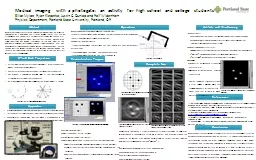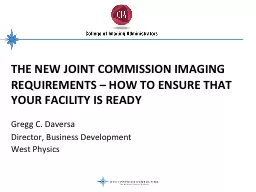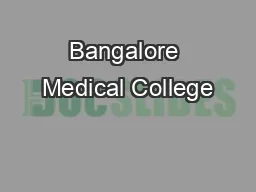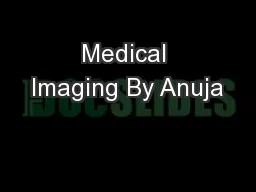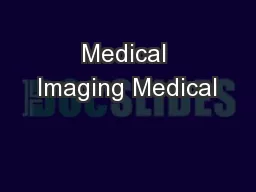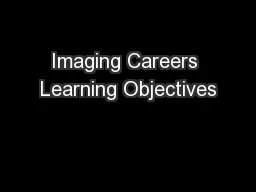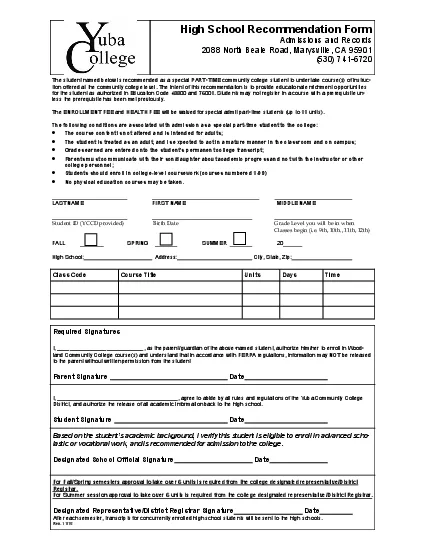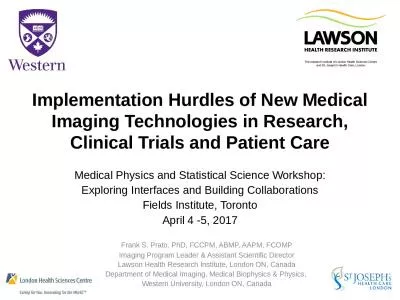PPT-Medical imaging with a photogate: an activity for high school and college students
Author : paisley | Published Date : 2022-05-18
Elliot Mylott Ryan Klepetka Justin C Dunlap and Ralf Widenhorn Physics Department Portland State University Portland OR We present a laboratory activity in computed
Presentation Embed Code
Download Presentation
Download Presentation The PPT/PDF document "Medical imaging with a photogate: an act..." is the property of its rightful owner. Permission is granted to download and print the materials on this website for personal, non-commercial use only, and to display it on your personal computer provided you do not modify the materials and that you retain all copyright notices contained in the materials. By downloading content from our website, you accept the terms of this agreement.
Medical imaging with a photogate: an activity for high school and college students: Transcript
Download Rules Of Document
"Medical imaging with a photogate: an activity for high school and college students"The content belongs to its owner. You may download and print it for personal use, without modification, and keep all copyright notices. By downloading, you agree to these terms.
Related Documents

